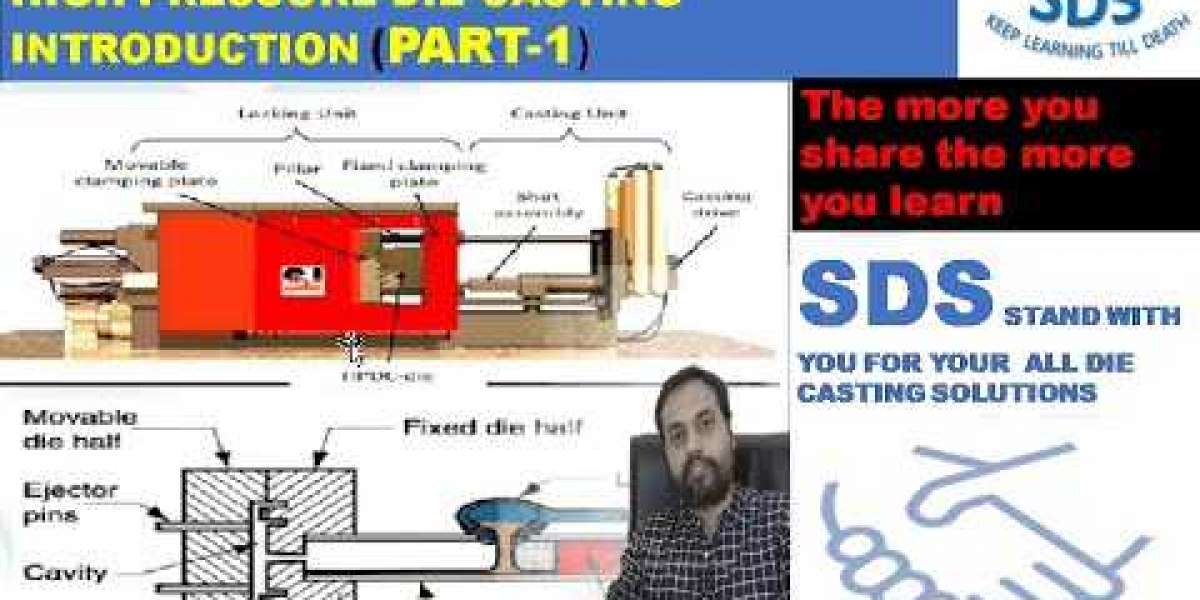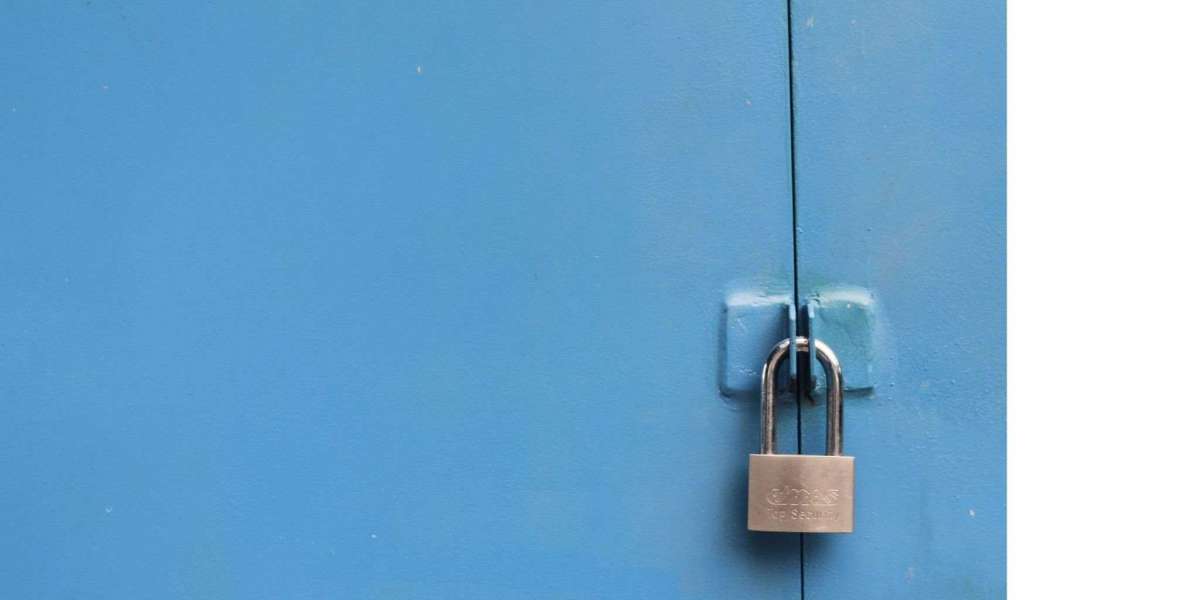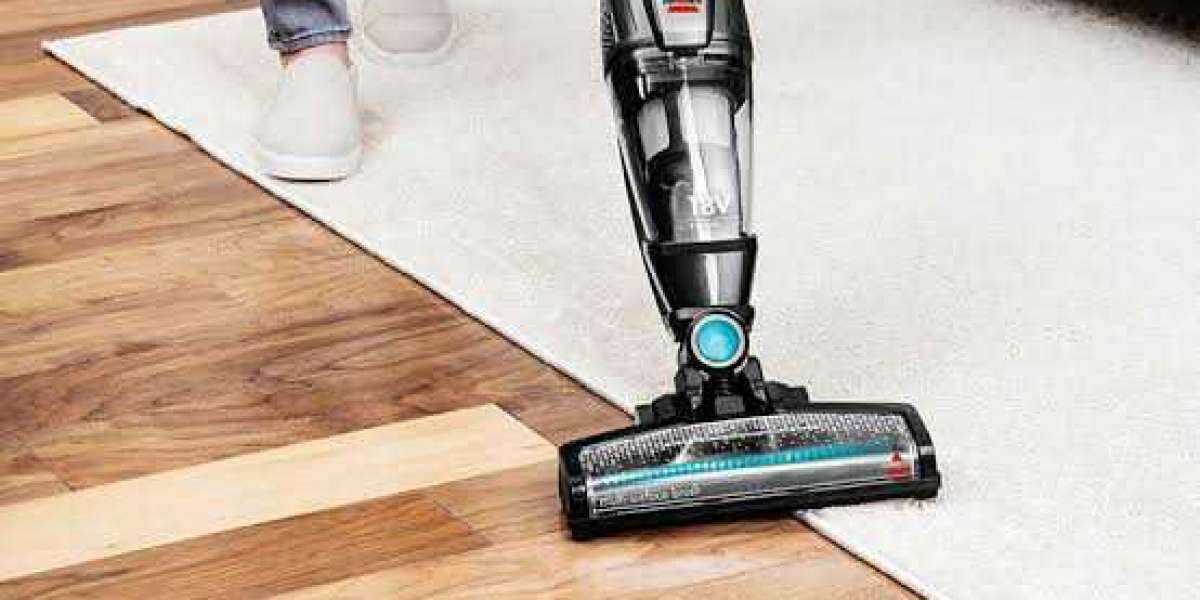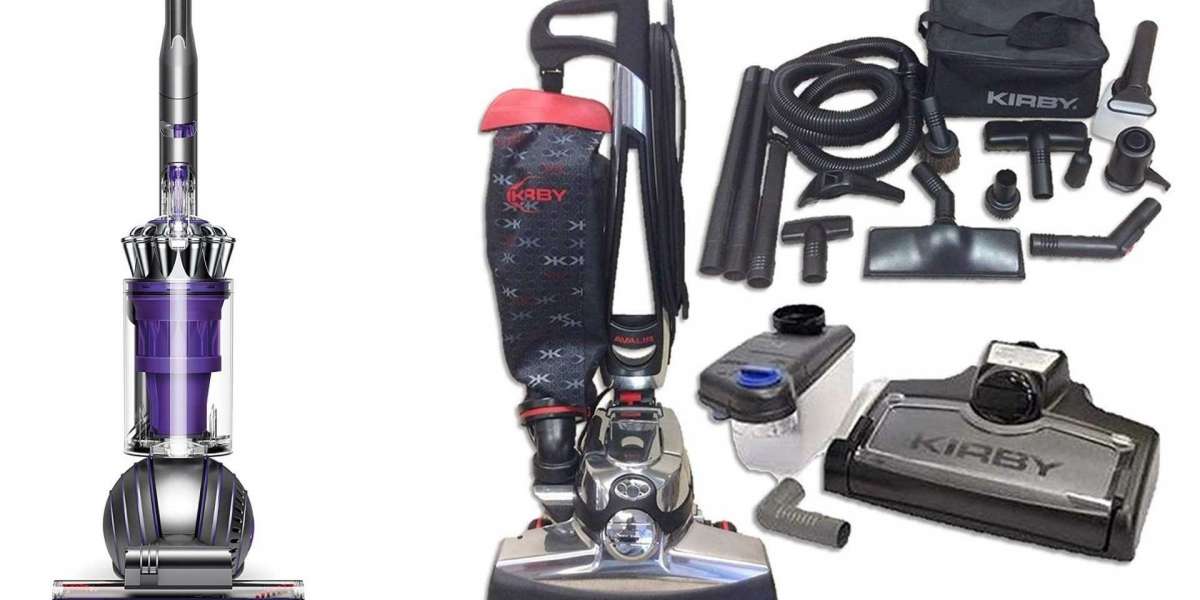If you work with aluminum alloy die castings and mold blanks, it is inevitable that the tools you use in the CNC processing process will become worn over time due to the nature of the material. Only when a tool has become excessively worn is it possible to dispose ofaluminum die casting parts completely. The tool's service life can be extended while the cost of aluminum alloy die casting can be reduced in a covert manner as a result of this method of manufacturing.
Tool Wear is available in a number of different styles.
When working on construction sites, it is common to come across the following types of tool wear:
With regard to number four, the cutting edge is sharp, but the point is rounded.
These five examples of cutting-edge collapses that have occurred recently are presented below.
Maintain your position at the forefront of technological advancements.
In addition to a high surface load on the tool, a lot of heat and friction are generated by chips sliding quickly along the tool rake face, making machining extremely difficult in these circumstances. To maintain its strength even when subjected to high cutting temperatures, a tool's hardness, toughness, and wear resistance are just a few of the fundamental characteristics that a tool must possess.
Throughout this article, you will learn how to reduce tool wear and extend the life of your tools.
Select coated tools that are of the highest possible quality when making your selection.
In addition, the coating contributes to the improvement of the cutting performance of the tool. The coating technologies listed below are just a few examples of those currently in use.
As illustrated in Figure 1, there are several different kinds of TIN coatings available. A PVD and CVD coating, TIN is a universal coating that can be used to improve the hardness of tools, as well as the oxidation temperature of the materials to which they are applied.
Because they are extremely hard and durable, alumina coatings are particularly well-suited for cutting applications that require dry or near-dry conditions. In contrast to TiAlN coating, which has a higher titanium content but a lower surface hardness, AlTiN coating has a higher aluminum content but a higher surface hardness. TiAlN coating has a higher titanium content but a lower surface hardness. The titanium content of the TiAlN coating is higher, but the surface hardness is lower. TiAlN coatings are applied to titanium alloys to improve their corrosion resistance. Aluminum Titanium Nitride (AlTiN) coatings are the most commonly used in high-speed machining applications because of their excellent wear resistance.
CVD coatings are typically between 5 and 15 microns thick, with the thickness varying depending on the application, according to the manufacturer. Based on the application and environment, the PVD coating has a thickness ranging from 2 to 6 microns in thickness. In this application, the CVD coating will be applied to the tool substrate because of its ability to increase tensile stress. The application of a PVD coating to a material afteraluminum casting factory has been deposited on can result in the formation of beneficial compressive stress in the material. The literature indicates aluminum casting factory thick CVD coatings applied to metal surfaces, on the other hand, have been shown to significantly reduce the strength of cutting edges when applied to metal surfaces. This limitation prevents CVD coating from being applied to cutting tools that require extremely sharp cutting edges, such as saws.






